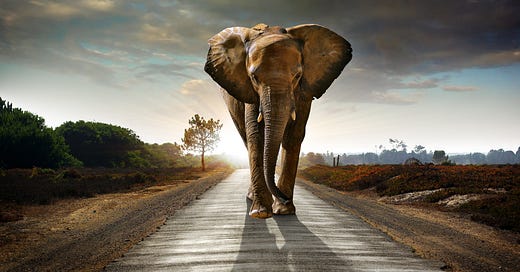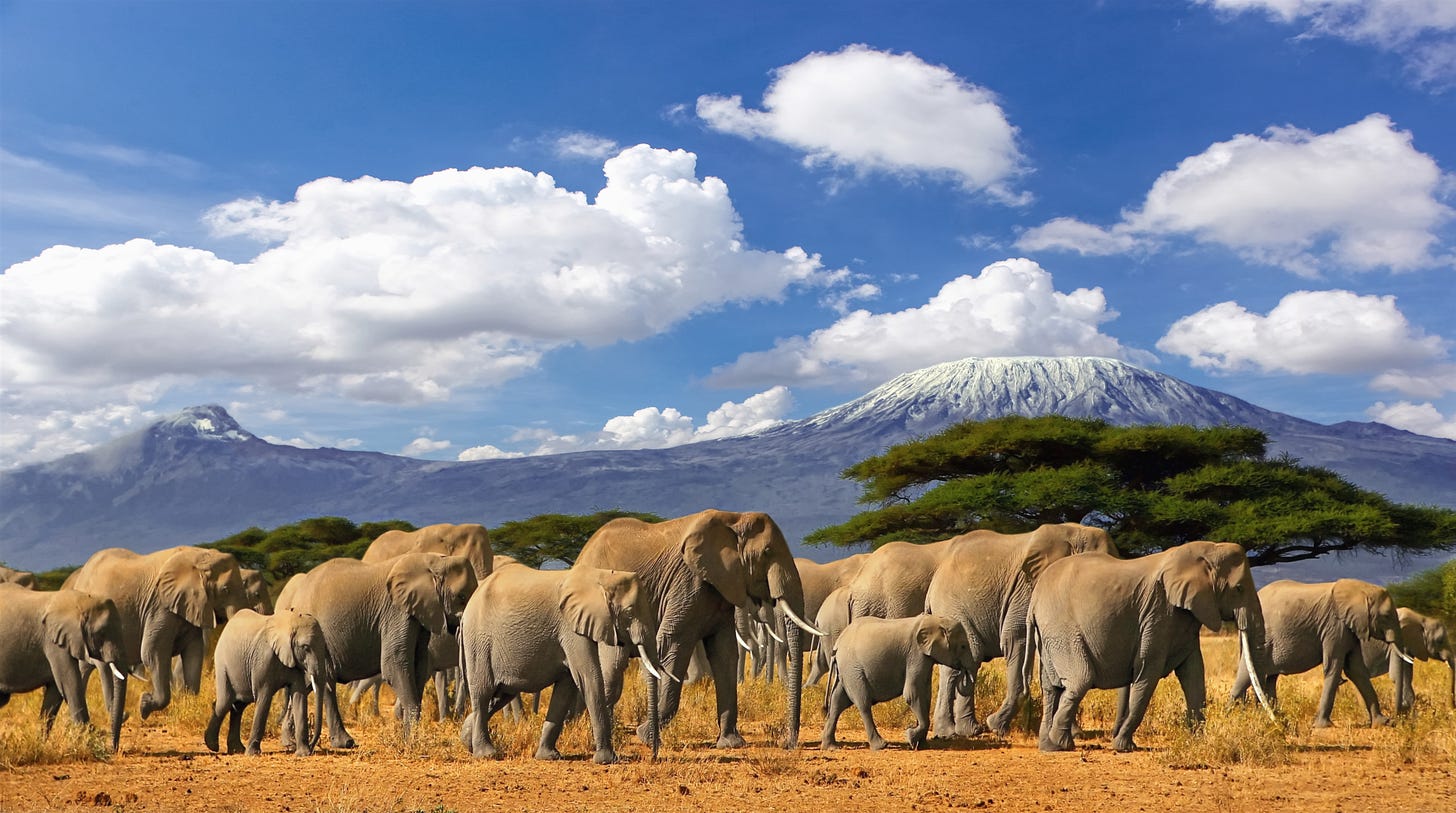Guest Post by Robert Lyman © 2025
I recently read the annual report of the federal government listing all the grants and contributions that it made in 2024. As I read the list of the largest contributions, however, I was surprised by how large and diverse they were and how little public attention has been given to them.
Image licensed from Adobe Stock.
For example, in December 2024, the Department of Crown-Indigenous Relations and Northern Affairs Canada provided a grant of $601.5 million to the La Ronge Band in Saskatchewan. It was described as “mandated or core funding”, whatever that means. The La Ronge Band is listed in Wikipedia as having about 7,200 members on reserve (11,843 members in total, based on their website). This single grant, which is supposed to cover the period December 1,2024 to March 31, 2025, amounts to about $83,480 per on-reserve band member for just a third of a year. One can only wonder what justified a grant so large.
The La Ronge Band was not the only indigenous community to rank near the top of the list of large grants given in 2024. Others included the Blood Band, otherwise known as the Kainai Nation. It has 12,740 registered members and received a grant of almost $850 million over the period April 1, 2024 to March 31, 2034. That averages about $66,700 per registered member. The M’Chgeeng Band on Manitoulin Island in Ontario received a grant of almost $448 million over the period May 1, 2024 to March 31, 2025. The population on the reserve was about 940 people as of 2019, so the grant averaged about $476,660 per person. The Shell Lake Band in Saskatchewan (Ahtahkafoop Cree), with a population of about 1,500 people, received a grant of $213.7 million over the period December 1,2024 to March 31, 2025, averaging about $142,500 per person. Then there was the Camperville, Manitoba, Band (Pine Creek First Nation) with about 5,500 registered members, which received a grant of $205.5 million over the period March 1, 2024 to March 31, 2024, or about $37,360 per person. I did not go down the list to look at all the grants made to indigenous groups.
The generosity of the Canadian taxpayer knows few bounds, and this was also evident from the size of grants and contributions made to further the federal government’s climate policies. Among the largest were these:
· $500 million from Global Affairs Canada to promote emissions reduction policies and measures in the Caribbean
· $530 million from Environment and Climate Change Canada to pay for climate measures undertaken by the Canadian Federation of Municipalities and its members
· $350 million from Global Affairs Canada to finance climate mitigation and adaptation projects as well as nature-based solutions to enhance gender equality in Asia
· $350 million to the City of Ottawa to purchase 350 zero-emission buses and install 232 electric vehicle recharging stations
· $349 million to the Toronto Transit Commission Zero Emission Bus and Recharging Infrastructure Project
· $234 million to support the second replenishment of the Green Climate Fund that pays for emissions reductions measures in developing countries
· $220 million to the City of Calgary to pay for the purchase 180 battery electric buses, 90 chargers and 180 dispensers
· $220 million to pay for reforestation in Quebec
The private sector did not miss out entirely on taxpayers’ subsidies to serve the federal government climate goals. Innovation, Science and Economic Development Canada granted Dow Chemical Canada $400 million to “support” the decarbonization and expansion of Dow’s existing ethane cracker operations, while increasing its production capacity of low-emission plastics.
Canadian Heritage also gave almost $371 million to the Canadian Media Fund to fund the “development of Canadian television programs.” Without this help, we might all be watching American television. Heaven forbid!
This is just a small sample, a few examples of the money that the federal government gives out every day. In 2024 the federal government made over 101,000 grants and contributions, only a very small percentage of which ever receive any press coverage or scrutiny by auditors.
The only organization that sometimes draws attention to this is the Canadian Taxpayer’s Federation (CTF). For a long time, I have been frustrated by the tendency of the CTF and some media to fixate on relatively small government expenditure items that they view as embarrassments. The misspending publicised by the CTF tends to be things like the $50,000 spent last year by the Global Affairs department on alcoholic drinks. To me, but such examples resemble "counting the peanuts", while ignoring the elephants.
Image licensed from Adobe Stock
The “elephants” in spending are of different sizes and moving in herds.
There is, for example, the increase in the number of people who work for the government. The July 2024 figure for federal public servants (not counting the employees in Crown corporations) according to this source, the population of the federal public service in 2015 was 257,034 and in 2024 it was 367,772. The difference is 110,738. 110,738 is 43% of 257,034, in just nine years.
(The above figures are corrected. Thanks to a sharp-eyed reader who asked to check the numbers. Robert Lyman said, “I am impressed that readers have the time to double check percentages.”)
They’re coming for your wallet! Image licensed from Adobe Stock.
That’s not the worst of it. As of July, 2024, the number of people employed in the public sector in Canada (i.e. federal, provincial, territorial and municipal) was 4.45 million, or almost one quarter of the entire work force.
Then, there is the amount of money spent. In 2023-2024, federal government program expenditures were $467 billion. That's $1.28 billion per day, or $890,000 per minute.
At least with those expenditures, the government must be buying something. In 2023-2024, however, the federal debt charges paid totaled $47 billion. So, it spent almost $130 million every day just paying interest on the debts accumulated at the federal government level.
Pension payments alone in 2023-2024 were $76 billion, double what they were in 2011-2012.
The largest federal government expenditures consist of transfers to provinces and individuals.
Of individual departments, Finance ($143 billion), Social Development ($99 billion), National Defence ($30.5 billion), and Canada Revenue Agency ($18 billion) stand out, but perhaps surprising amounts go to Indigenous Affairs ($11 billion), Global Affairs ($8.8 billion, mostly for foreign aid), Infrastructure Canada ($8.2 billion), Veterans Affairs ($6.2 billion), and the RCMP ($4.8 billion). Poor old CBC only gets $1.4 billion.
PBO Overview of Contingent Liabilities
See also Tom Flanagan’s many articles and reports issued by the Fraser Institute.
Apart from the sheer magnitude of the spending, it is striking that there is so little oversight by Parliament or other bodies like the Auditor General and so little transparency for the public, partly because the information about spending “elephants” receives little press coverage and the volume of information is overwhelming. We need accountability!
A friend of mine joked that I should be appointed head of a Canadian version of the US Department of Government Efficiency (DOGE), as I was actually involved in a major cost-cutting exercise conducted by the Chretien government in 1995-1996. The objective then was not to change the policy priorities, just to cut back on spending on the lower priorities. It asked every department of the federal government to conduct an internal analysis and offer indications of what it would do it if were required to cut expenditures by 10%, 20% and 30%. The final targets were set by the Privy Council Office and Finance Canada and approved by Cabinet. The process took the better part of a year, and was generally quite successful within the terms defined.
A Canadian DOGE approach could, in theory, be just as good or better, especially as, if established by a Party other than the Liberals, it would not be bound by the goal of adhering to the same policy framework. Arguably, the cuts needed should be far more ambitious than what was done in 1995-1996, so some very tough choices would be made and the number of "oxen getting gored" would be far more numerous. Whether the public service would volunteer cuts of the magnitude required is questionable. Still, undertaking a well-designed and thorough bottom-up analysis would be preferable to taking only a top-down "hatchet" to spending with little understanding of what would be gained and what would be lost.
If I were given the lead in such an exercise, I would seek a balance between the top-down and bottom-up approaches, and I would seek a way to engage a broadly-representative council of average Canadians (not representatives of special interest groups) to get their reactions to what makes "common sense".
Do we need a DOGE in Canada? You betcha, especially if one could be empowered to work at the provincial as well as federal government levels.
It should be authorized to go after the elephants, not the peanuts.
This is peanuts. Image licensed from Adobe Stock.









So where is the money going? Some native towns don’t even have clean water. And if the people are getting thousands of dollars, why are they all still on welfare?
Something rotten in the state of Denmark
Taxes go up, we go broke, Carney will sell out all our industry..then what